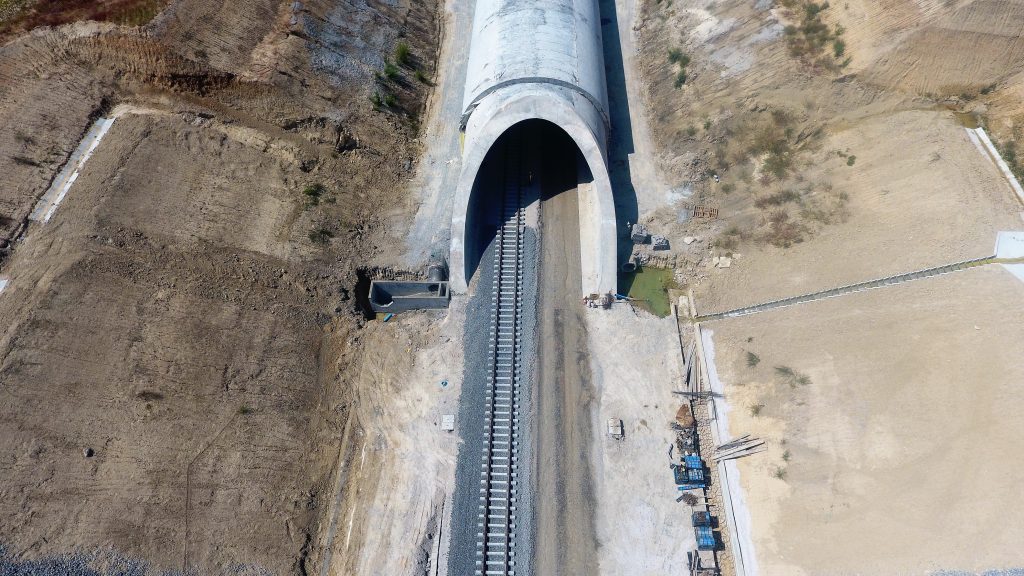The Ispartakule-Cerkezkoy high speed railway is taking remarkable steps to boost local agriculture and preserve rare bird populations as it connects to the EU Trans-European Transport Network.
The double-track Ispartakule-Cerkezkoy project is part of the electrified Halkali-Kapikule railway line, co-financed by the European Union (EU). It runs for 67km with a planned speed of 200km/h as part of the wider EU Trans-European Transport Network. But while the aim is connectivity, the impact on local environment is set to be profound.
With vast levels of excavation involved in the delivery of this project, the use of soil and other excavation material has been treated as a resource rather than a waste material. As such, it is being directed to areas of relatively poor quality farmland to strengthen that land for agricultural use.
At the same time, biodiversity monitoring studies include a particular focus on the imperial eagle and its nests, which are under the protection of the IUCN. As a result, the project has been programmed to avoid disruption to the rare eagles during all construction activities.
Perhaps most significantly, however, has been the accommodation made for sand martins (Riparia riparia). Sand martins are summer migratory passerine birds that reach Turkey to raise their hatchlings after a long migration journey starting from Africa in spring.
Their nesting areas include the sand slopes along the construction route of the line so all construction near the nesting sites is postponed during the nesting season.
This can have implications for the behaviours of people working on the project, so on-the-site training is being provided to project personnel to ensure they understand the importance of the species and the protection measures involved.
The cross-border nature of the project has seen it adopt European norms for the environmental and technical standards to which it is built. This will help to ensure it connects seamlessly to the wider European network for the 10million passengers it expects to serve.
To ensure that happens, the project has adopted international practices and standards that include the FIDIC suite of contracts that have been adopted by multilateral development banks that include funders of the project like the European Bank for Reconstruction and Development.
That trend towards greater internationalisation of standards, practices and contracts is one to watch.



















